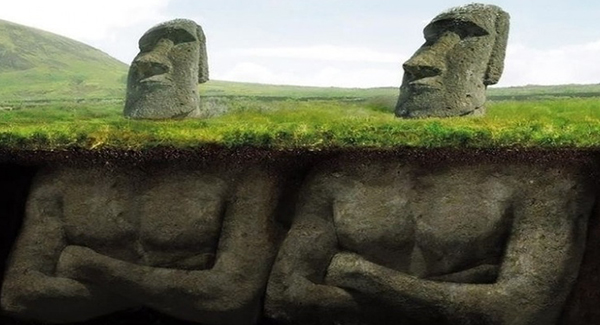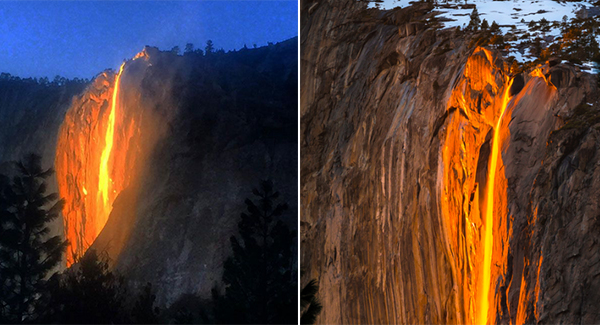The “giant moa” represents nine species of birds, in six genera, that were endemic to the islands of New Zealand. With two species, Dinoornis robustus and Dinoornis novaezelandiae, able to reach a minimum height of 3.6 meters (or 12 feet) when spread out, they were among the largest birds in the world.

The “giant moas” were the dominant herbivores of New Zealand and had only one predator, the equally gigantic Haast’s eagle (the larger females are thought to weigh up to 17 kilograms, or 36 pounds in mass, a great weight when compared to the largest eagles in existence today, none of which exceed 9 kilograms or 20 pounds in the wild).

Even to this day, there are so many things we still don’t know about our beautiful planet and its history. And maybe that’s the reason, why every little detail scientists and archaeologists manage to discover feels extremely exciting to hear about.

A stunning discovery was made by a group of archaeologists thirty years ago while they were investigating a network of caves on Mount Owen in New Zealand. What they found was a wonderfully preserved claw that resembled a dinosaur and still had skin and muscles attached to it.
Later it turned out that this mysterious leg was 3,300-year-old and it belonged to an extinct bird called moa which disappeared from the Earth approximately 700 to 800 years ago.

The Moa were hunted to extinction around the year 1500, within just 150 years of the arrival of human beings, the Māori, on the islands of New Zealand and the Haast’s eagle, without any suitable sized prey, was driven to extinction shortly after. Pictured:

An evolutionary biologist Trevor Worthy suggests this: “The inescapable conclusion is these birds were not senescent, not in the old age of their lineage and about to exit from the world. Rather they were robust, healthy populations when humans encountered and terminated them.”


